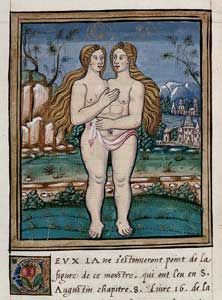Events relating to medicine
Medicine men in Peru practise trephination, cuttting holes in the skulls of brave or foolhardy patients
The Indian physician Susruta pioneers plastic surgery of the nose
Indian medical theory maintains that the body consists of three humours - spirit, phlegm and bile
Hippocrates, on the Greek island of Kos, founds an influential school of medicine
The Alexandrian school of medicine develops an alarming form of clinical anatomy – human vivisection
The practice of acupuncture is described in Nei Qing, a Chinese medical text
The Roman surgeon Cornelius Celsus describes in De Medicina how to cut stones from a patient's bladder
A new doctor, Galen, is appointed to look after the gladiators at Pergamum
Medieval Europe's first institute of higher education is established, with the founding of the medical school at Salerno
The first illustrated manual of surgery is written by Abul Kasim, an Arab physician in Cordoba
The Persian scholar Avicenna, author of encyclopedic works on philosophy and medicine, spends the last part of his life in Isfahan

Conjoined twins Mary and Eliza Chulkhurst are born in Biddenden, in Kent
Leonardo da Vinci begins an unprecedented series of detailed anatomical drawings, based on corpses dissected in Rome
European diseases bring death on a massive scale to an American population that has no immunity

Eucharius Rösslin publishes the first textbook for midwives, later translated into English as The byrthe of mankynde
Flemish anatomist Andreas Vesalius publishes a seven-volume work which for the first time lays bare human anatomy

Ambroise Paré, the greatest surgeon of his day, publishes an account of how to treat gunshot wounds

Gabriele Fallopia invents the condom

William Chamberlen invents the obstetrical forceps
The first documented Caesarian section in which the mother survives
William Harvey publishes a short book, De Motu Cordis, proving the circulation of the blood
Samuel Pepys has a two-ounce stone cut from his bladder, in an operation carried out at home in the presence of his family
The first recorded attempt at blood transfusion, at the Royal Society in London, proves that the idea is feasible
The first successful human blood transfusion is achieved in Paris by Jean Baptiste Denis, apparently saving the life of a 15-year-old boy
Lady Mary Wortley Montagu, observing the Turkish practice of inoculation against smallpox, submits her infant son to the treatment











